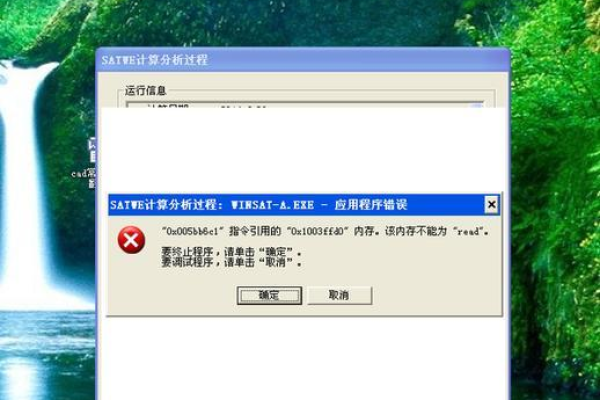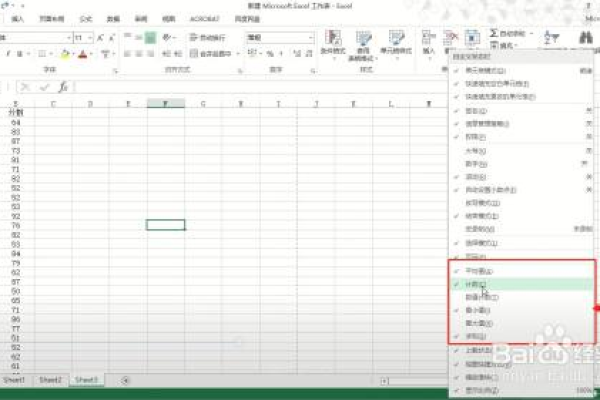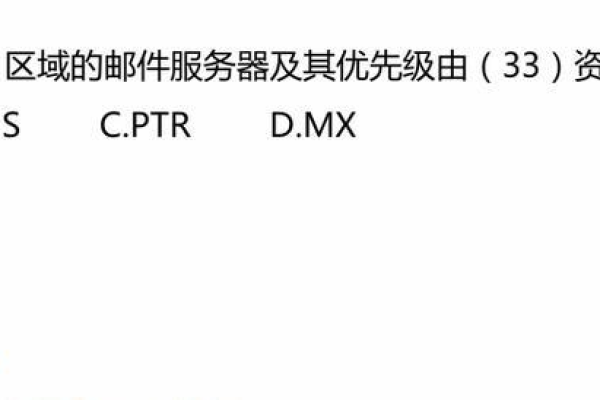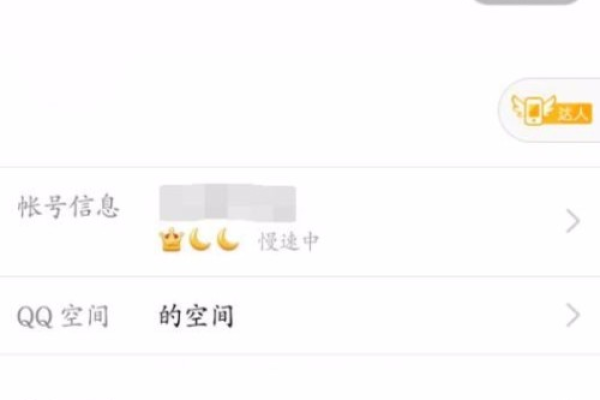C#中如何调用soap api
- 行业动态
- 2025-03-21
- 3
在C#中调用SOAP API通常使用
System.Net.Http或 System.ServiceModel.Channels命名空间下的类,如 HttpClient或 SoapHttpClientProtocol。
在C#中调用SOAP API,主要涉及到使用System.Net.Http命名空间下的HttpClient类来发送HTTP请求,并处理返回的XML格式数据,以下是详细的步骤和示例代码:
添加必要的命名空间
确保在你的C#项目中引入了以下命名空间:
using System; using System.Net.Http; using System.Xml.Linq; using System.Threading.Tasks;
创建HttpClient实例
创建一个HttpClient实例,用于发送HTTP请求,建议将HttpClient实例设为静态,以便重用。
private static readonly HttpClient client = new HttpClient();
构建SOAP请求消息
构建一个包含SOAP请求内容的字符串,这通常包括SOAP信封、头部信息以及实际的请求体,以下是一个简化的示例:
string soapEnvelope = @"<?xml version=""1.0""?>
<soap:Envelope xmlns:xsi=""http://www.w3.org/2001/XMLSchema-instance"" xmlns:xsd=""http://www.w3.org/2001/XMLSchema"" xmlns:soap=""http://schemas.xmlsoap.org/soap/envelope/"">
<soap:Body>
<GetData xmlns=""http://tempuri.org/"">
<value>Sample Value</value>
</GetData>
</soap:Body>
</soap:Envelope>"; 在发送请求之前,需要设置请求的内容类型为text/xml,并指定接受的数据类型。
client.DefaultRequestHeaders.Accept.Add(new System.Net.Http.Headers.MediaTypeWithQualityHeaderValue("text/xml"));
client.DefaultRequestHeaders.Add("SOAPAction", "http://tempuri.org/GetData"); 发送请求并接收响应
使用HttpClient的PostAsync方法发送请求,并等待响应,将响应内容转换为字符串进行处理。
async Task<string> CallSoapApiAsync(string url, string soapMessage)
{
var content = new StringContent(soapMessage, Encoding.UTF8, "text/xml");
HttpResponseMessage response = await client.PostAsync(url, content);
response.EnsureSuccessStatusCode();
return await response.Content.ReadAsStringAsync();
} 解析响应
由于SOAP API的响应通常是XML格式,可以使用XDocument或XmlDocument等类来解析响应数据,以下是一个使用XDocument解析响应的示例:
XDocument xdoc = XDocument.Parse(responseString);
var result = xdoc.Descendants("GetDataResult").SingleOrDefault()?.Value;
Console.WriteLine(result); 完整示例代码
将上述步骤整合到一个完整的示例中:
using System;
using System.Net.Http;
using System.Xml.Linq;
using System.Threading.Tasks;
using System.Text;
class Program
{
private static readonly HttpClient client = new HttpClient();
static async Task Main(string[] args)
{
string url = "http://example.com/api"; // SOAP API的URL
string soapEnvelope = @"<?xml version=""1.0""?>
<soap:Envelope xmlns:xsi=""http://www.w3.org/2001/XMLSchema-instance"" xmlns:xsd=""http://www.w3.org/2001/XMLSchema"" xmlns:soap=""http://schemas.xmlsoap.org/soap/envelope/"">
<soap:Body>
<GetData xmlns=""http://tempuri.org/"">
<value>Sample Value</value>
</GetData>
</soap:Body>
</soap:Envelope>";
client.DefaultRequestHeaders.Accept.Add(new System.Net.Http.Headers.MediaTypeWithQualityHeaderValue("text/xml"));
client.DefaultRequestHeaders.Add("SOAPAction", "http://tempuri.org/GetData");
string responseString = await CallSoapApiAsync(url, soapEnvelope);
XDocument xdoc = XDocument.Parse(responseString);
var result = xdoc.Descendants("GetDataResult").SingleOrDefault()?.Value;
Console.WriteLine(result);
}
static async Task<string> CallSoapApiAsync(string url, string soapMessage)
{
var content = new StringContent(soapMessage, Encoding.UTF8, "text/xml");
HttpResponseMessage response = await client.PostAsync(url, content);
response.EnsureSuccessStatusCode();
return await response.Content.ReadAsStringAsync();
}
} FAQs
Q1: 如果SOAP API需要身份验证怎么办?
A1: 如果SOAP API需要身份验证,可以在HttpClient的请求头中添加相应的认证信息,对于基本认证,可以使用AuthenticationHeaderValue类来设置用户名和密码:
client.DefaultRequestHeaders.Authorization = new System.Net.Http.Headers.AuthenticationHeaderValue("Basic", Convert.ToBase64String(Encoding.ASCII.GetBytes("username:password"))); 对于其他类型的认证(如OAuth),则需要根据具体的认证机制来设置相应的请求头或参数。
Q2: 如何处理复杂的SOAP请求和响应?
A2: 对于复杂的SOAP请求和响应,可能需要构建更复杂的XML结构,并使用更强大的XML处理库(如XmlSerializer)来序列化和反序列化数据,还可能需要处理命名空间、附件、多部分消息等复杂情况,在这种情况下,建议参考相关的文档和示例代码,以确保正确构建和解析SOAP消息。















